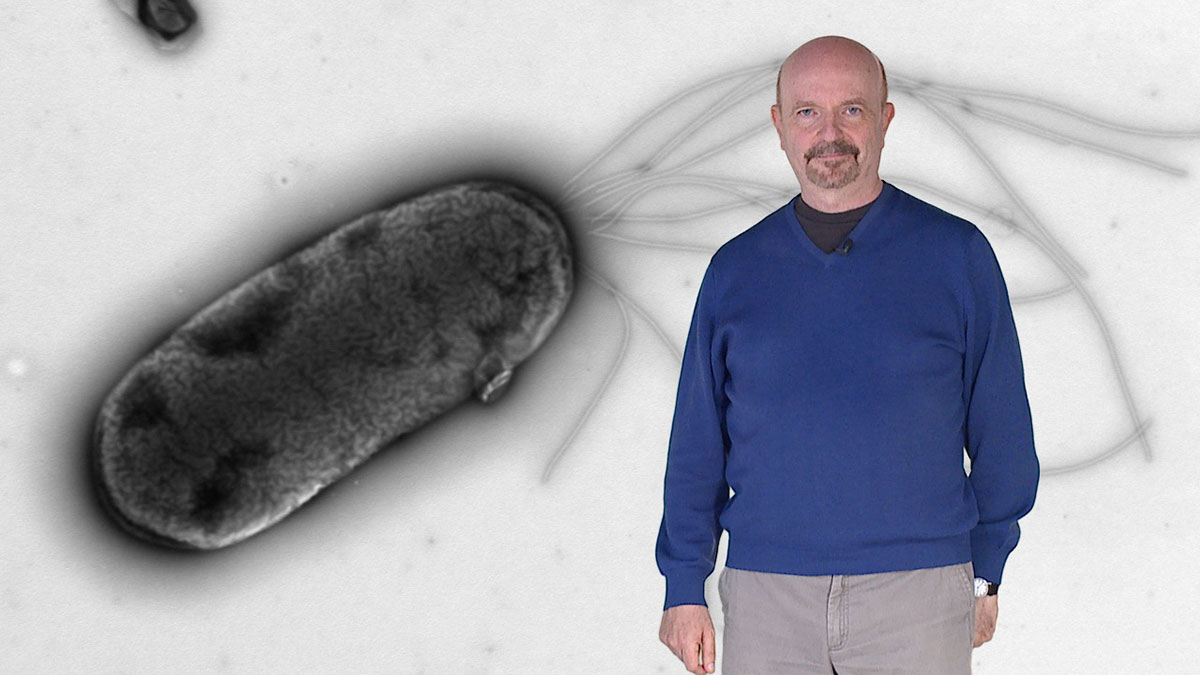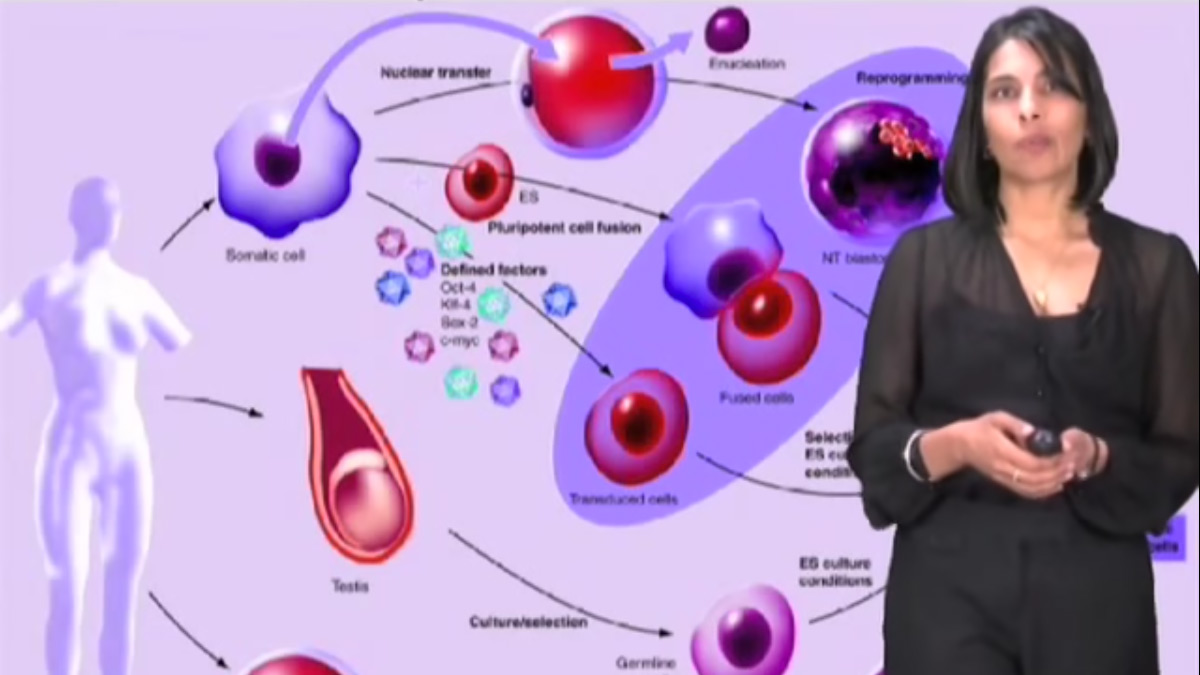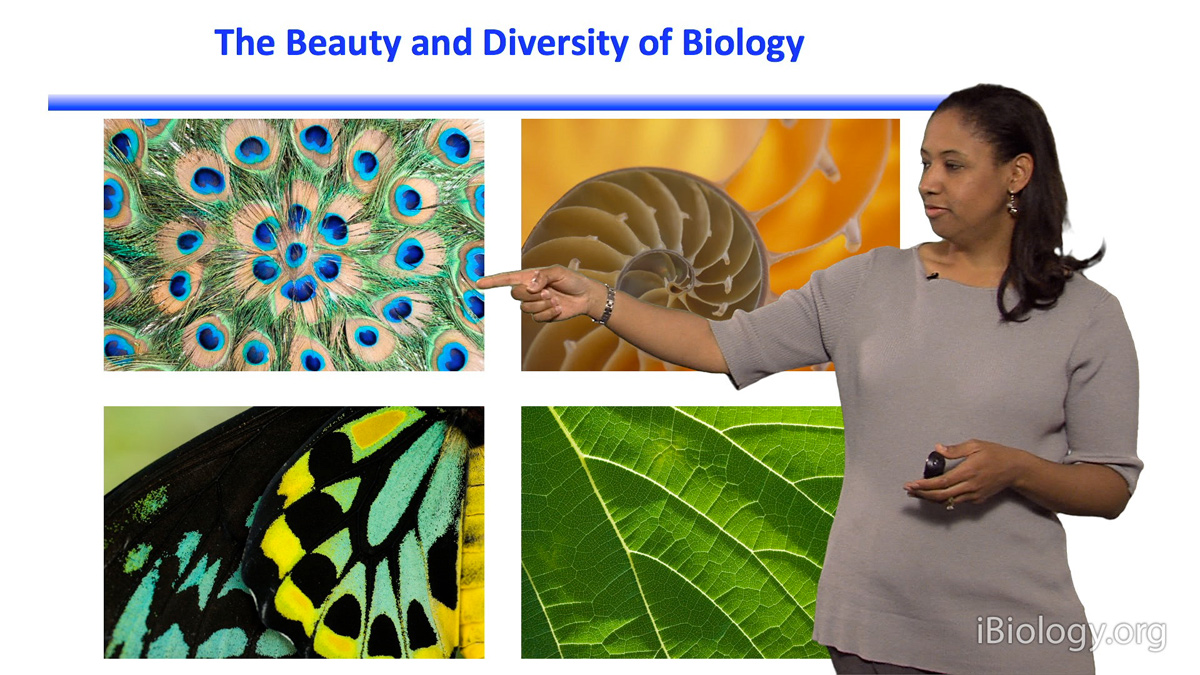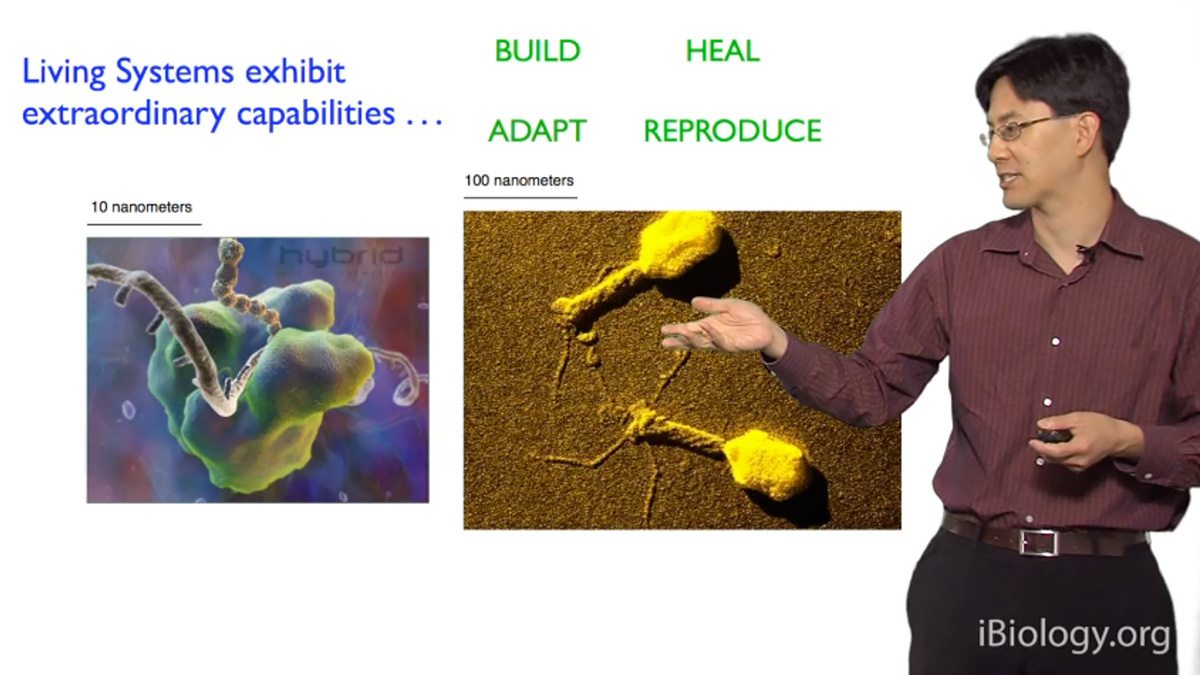Talk Overview
Dr. Beatrix Suess explains that riboswitches are highly structured RNA elements that are located in the 5’ untranslated regions (UTR) of many bacterial mRNAs. Riboswitches bind ligands with high specificity. This causes a termination of transcription or the inhibition of translation initiation. Suess reveals how to engineer riboswitches into the 5’ region of an mRNA in order to control its gene expression by a specific ligand, such as tetracyline or neomycin. She discusses the ideal traits that make a good riboswitch.
Speaker Bio
Beatrix Süess

Beatrix Suess is a Professor at the Technical University, Darmstadt. She received her PhD from the University of Erlangen, Germany where she was also a post-doctoral fellow. Suess was also a research fellow at the University of Vienna, Austria and at Yale University, USA. Dr. Suess’s research focuses on the ability of RNA to operate… Continue Reading











Leave a Reply